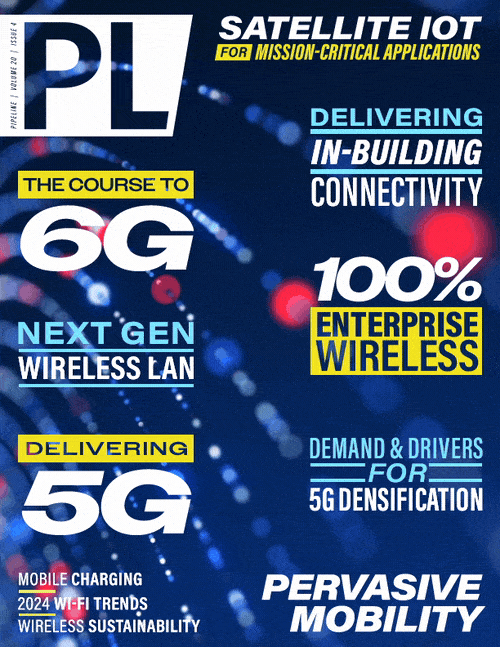Is it Time to Convert to 100% Wireless
Enterprise Connectivity?
I am sure you have experienced the shift while traveling. Five years ago you would need to get on a hotel or coffee shop’s Wi-Fi to get sufficient internet access; but today you probably often switch to LTE or 5G when the Wi-Fi to cable connection is too congested or too slow to support your needs. Lastly, security concerns have largely been addressed through new cloud-based, zero trust, or SASE (Secure Access Service Edge) architectures that reduce the reliance on the security of the access medium. These advancements in wireless access have led to business-grade offers by all the major carriers that are relatively easy to deploy and often lower cost than hard-wired alternatives. Although wireless access is now a great alternative in many scenarios, as with everything in IT, there is no one-size-fits-all approach. The advantages are clear: It is faster to deploy, has lower one-time costs, is not subject to cable cuts, and has increased flexibility to perform moves or upgrades. There are also potential disadvantages that need to be carefully considered. Although coverage is pervasive, it may not exist in remote locations. There is insufficient capacity for large buildings, factories, or data centers, and in-building connectivity challenges in certain locations with physical barriers (e.g., metal or concrete). Finally, it cannot compete with fiber if that level of performance is required.
To make the discussion more practical, I’ll explore two recent use cases I was personally involved with to share the approach and lessons learned. The following use cases involved large retailers that have thousands of store locations throughout the U.S.
Retailer 1 had almost 10K storefronts, some in densely populated cities and some in very remote locations. Applications included point-of-sale systems as well as data-intensive corporate applications critical to fulfilling ordering and other customer services provided in their location. Their goal was to eliminate dedicated VPN access while increasing throughput to support new applications. To save money on the migration they used a DIY approach, purchased their own cellular-enabled routers, and purchased connectivity directly from two wireless carriers. The migration began in 2020 and took approximately two years. While they achieved their goals of improving performance and materially reducing cost, there were several challenges in the beginning that led to critical lessons being learned. The primary issue was insufficient signal strength at some of the locations to support their application needs. While they had tested connectivity outside the stores before deployment, coverage varied within their large stores and the location of the cellular-enabled router had a material impact on performance. Testing was enhanced to ensure sufficient coverage throughout their locations and optimize the placement of equipment. In addition, a dual-vendor approach to cellular service enabled them to maximize coverage across the nation.
Retailer 2 had more than 4K storefronts across the U.S. In addition to point-of-sale and corporate applications, they needed to support unique in-store applications for their business customers. Like Retailer 1, they were rolling out new corporate applications requiring increased throughput. To minimize the time and cost associated with upgrading their existing network, they decided to move to wireless access across all their store locations. Given their existing access was 1.5 Mbps – 10 Mbps, migrating to LTE and 5G would provide a significant upgrade to performance for far less cost. In addition, using the approach of having the store manager deploy the cellular-enabled routers would enable a faster migration and further reduce the cost of transformation. However, the biggest challenge they faced was related to this DIY approach. Their stores were typically concrete with many metal racks and shelves throughout, especially in the back where they placed the network equipment. This created challenges with signal strength and connectivity that the store managers were not equipped to handle. Ultimately, they found that using the store managers to deploy network equipment necessitated the development of very detailed and explicit guidelines, including the testing of signal strength at various spots in their locations. After developing the appropriate guides and procedures, their deployment was very successful, realizing the performance gains and cost reductions they sought.
In summary, wireless networking has matured to the point where it is a viable alternative for many business scenarios. While it is not yet to the point of being able to support very large locations, factories, or data centers, it can certainly support many business applications with better performance and lower cost than traditional wired access. I expect the momentum toward wireless to continue and even accelerate. This should give you pause before investing in any capital improvements to support dedicated access to your locations. If you are upgrading existing locations or deploying new locations, you should strongly consider utilizing wireless access before making one-time investments. There will certainly be locations that actually do need the performance of fiber, but there will be others that can be served much more cost-effectively. Take the time to perform the analysis, identify the optimal field of use, and carefully plan the deployment to avoid the potential pitfalls described above.



















